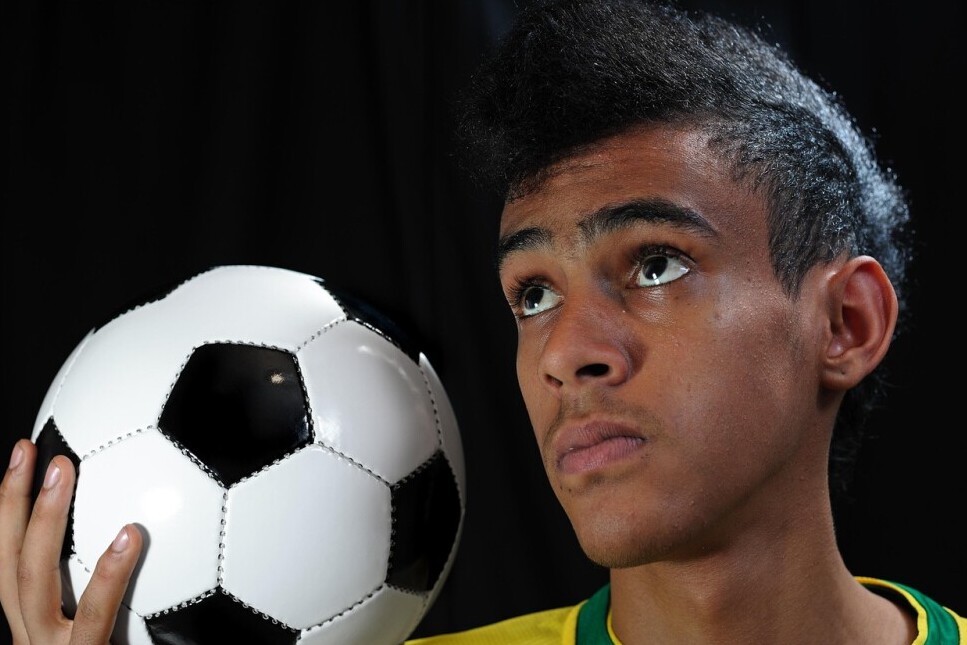
When it comes to youth soccer, mastering the basic skills is like laying down the building blocks. We’re talking dribbling that resembles a dance with the ball, precise passing like threading a needle, and shooting that’s sharp and accurate. These are the skills that kickstart every young player’s journey on the field.
Focusing on individual skill sets is crucial for team success. The ability of one player to handle the ball confidently can open up spaces and create opportunities. It’s the small wins, like nailing that tricky pass, which collectively boost the team’s performance.
Mastering the fundamentals isn’t just about personal achievement; it empowers players to dive into more advanced strategies seamlessly. Once they’ve got the basics down, introducing complex tactics becomes a whole lot easier. And the cool part? These skills stick with them, forming the foundation for growth.
Traditional drills can sometimes feel like a chore for young players. That’s why it’s important to mix fun with learning. Think of quirky drills that resemble mini-games, or set challenges that push them creatively. Keeping the learning process engaging ensures that they not only improve but enjoy every minute on the pitch.
Team Dynamics: Nurturing Cooperation and Communication

Team dynamics is the heartbeat of youth soccer. It’s all about creating an environment where every player feels they belong. This starts by fostering a culture that encourages teamwork and respect for one another, making the sport enjoyable for everyone.
Clear communication on the field is a game-changer. Whether it’s calling for the ball or signaling a play, having smooth dialogues within the team is crucial. Helping young players find their voice early on empowers them to express themselves and contribute their ideas, no matter their role.
Building team chemistry is like mixing the perfect recipe – just the right amount of fun, trust, and mutual respect. When players gel together, they move in sync, making passes sharper and plays more instinctive. That connection is what transforms a collection of players into a truly cohesive unit.
Leadership can take many forms, and it’s important to let young players explore this. Encouraging them to step up and lead — whether it’s by setting an example in practice or guiding their peers — boosts their confidence and fosters a sense of responsibility across the team.
Offensive Strategies: Encouraging Creativity and Tactical Flexibility

Encouraging young players to explore creativity on the pitch is key. Developing offensive strategies means embracing innovation, allowing them to try out new attacking patterns and find their own flair while working within the team’s game plan.
Understanding attacking patterns like combination plays can transform a routine pass into a scoring opportunity. Imagine quick one-twos or clever backheels that baffle defenses—these are the kind of tactics that echo teamwork and individual creativity.
Spotting and exploiting gaps in opponents’ defenses is a skill young players should develop early on. A keen eye and fast thinking can create those critical moments that lead to goals. Players need to position themselves smartly and seize opportunities when they arise.
Tactical flexibility means teaching players to adapt and think on their feet. The ability to shift strategies according to different situations helps in overcoming tough scenarios. Encouraging this adaptability instills a sense of independence and confidence in young players, essential for thriving in game situations.
Defensive Tactics: Strengthening the Team’s Backbone

A strong defense is more than just blocking goals—it’s about building a resilient backbone for the team. In youth soccer, this means teaching young players the art of solid defensive tactics.
Teamwork lies at the heart of an effective defense. Players need to understand how to work together to close down spaces and support each other. Communicating through movements and cues ensures that the entire defensive line acts as one coherent unit.
Balancing individual marking with zonal coverage keeps the defense organized and adaptable. Youngsters should be comfortable with both sticking close to their mark and covering spaces, depending on the situation. This dual approach keeps opponents guessing and disrupts their rhythm.
Reading the game is another crucial skill for defensive players. Anticipating the opposition’s moves and intercepting passes can shift the momentum of the match. It helps developing an eye for the game and prompts them to make smart, timely decisions.
Discipline is the unsung hero of defense. Instilling resilience helps young players maintain focus under pressure and stay committed to their roles. It’s about building a mindset that supports structure and accountability on and off the pitch.
